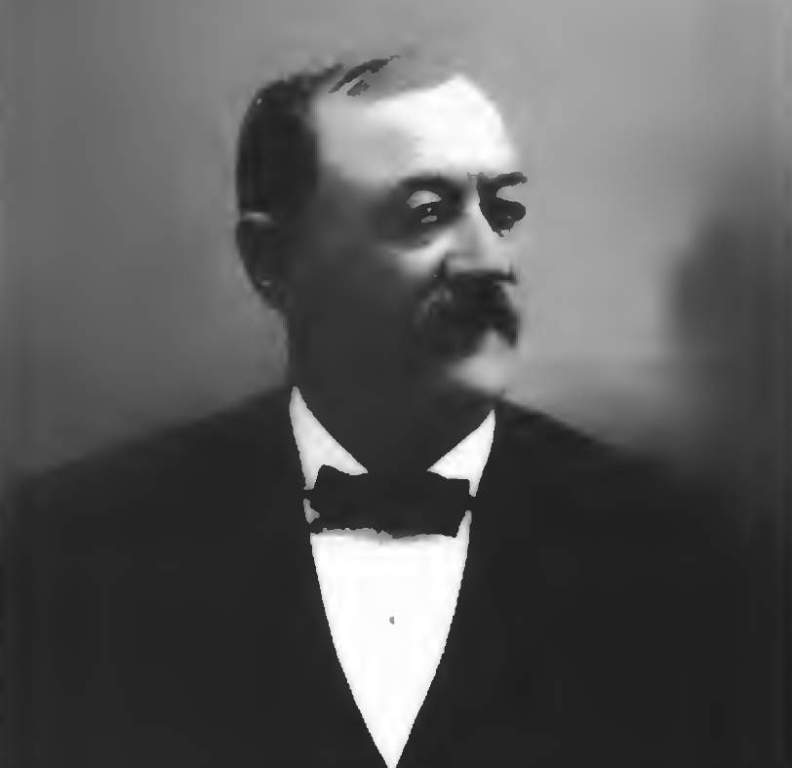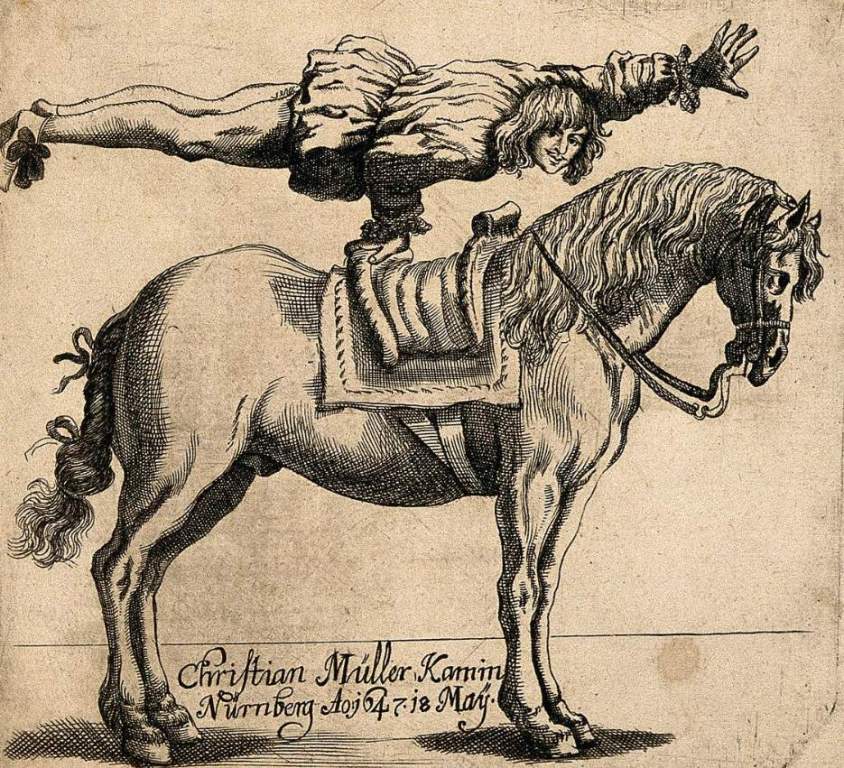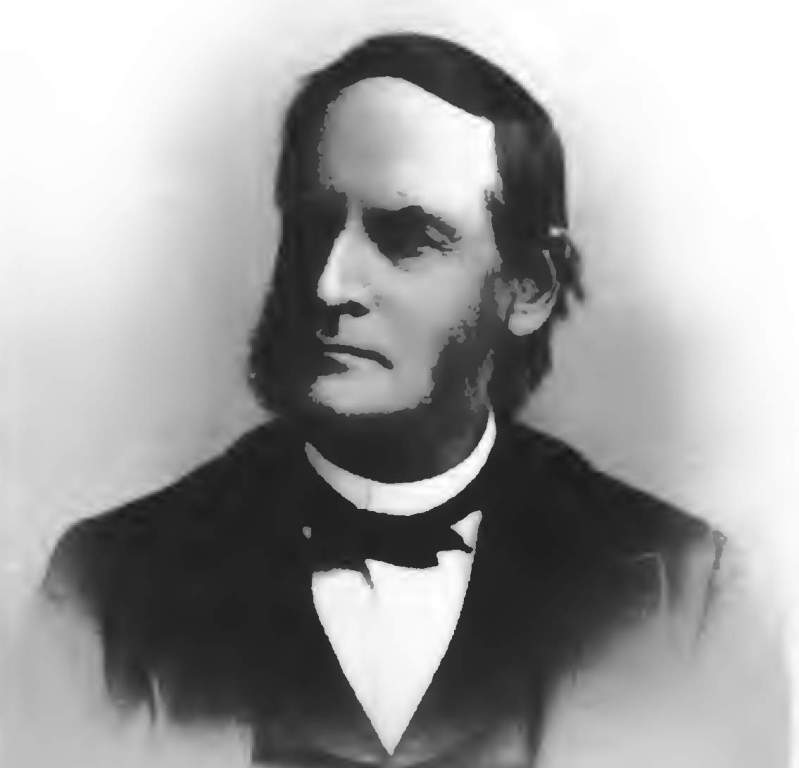This blog post rediscovers the rich cultural heritage of the slavey tribe. The Slavey, pronounced SLAY-vee, or Slave, was a tribe among Athapascan-speaking peoples in Canada’s north country. Named Awokanek by the CREE, their traditional enemies used to raid and enslave their less aggressive northern neighbors. Cree was viewed by the Slavey as Enna, “the enemy.” Another name given to the Slavey tribe by the Chipewyan was Etchareottine, which means “people of the shelter” or “people of the willows.” Etchaottine is generally applied to a Slavey subtribe.

Like other ATHAPASCANS, the Slavey tribe called themselves Tinneh or Diné, meaning “the people.” Along the southwestern tributaries of the Mackenzie, including the Hay, Liard, and Nelson Rivers, in Canada’s present-day Northwest Territories, Alberta, and British Columbia, the Slavey inhabited territory west of the Great Slave Lake and Mackenzie River to the Rocky Mountains. Some Slavey tribes had a headman with limited authority, which might increase in times of war, much like other Subarctic Indian tribes. Hunters usually settle disputes in an informal council.
In comparison to other northern Athapascans, the Slavey reportedly treated women and the elderly more respectfully. Initially, husbands had to provide food for their new spouse’s parents-in-law. Games such as moose and caribou were tracked. Fish played an equally important role in the diet. The berry was another staple food. Wooden huts were used by slaves for their winter dwellings.
They were chinked and covered with earth or moss in order to keep warm. Animal hides, brushes, or bark covered the conical tents used in the summer. It was not uncommon for two of these lodges to be placed next to each other to share a fire between two families. Members of the tribe used snowshoes, toboggans, and canoes covered in birch or spruce bark and sometimes moosehide for transportation.
Guardian spirits were believed to exist among the Slavey tribe. The spirits of shamans are said to be the most powerful of all. It was believed that confessing sins to shamans and family members would delay death. Whenever a tribal member returned home or a visitor arrived, there was an important ceremony called the drum dance. Drums made of wooden planks, tambourines, and rattles made of skin were used. During the ceremony, one of the drummers presented the event’s purpose and sang a song asking for assistance.
During the ceremony, which lasted from hours to days, several dances were performed, including the rabbit dance, the tea dance, the round dance (a religious ceremony for drummers), and a performance by a single singer/drummer. Some Slavey took refuge on the islands in the Great Slave Lake when they were driven north by the Cree in the early 18th century. The first non-Indian known to have contacted them in 1789 was Alexander Mackenzie, exploring for the North West Company. Their homeland was invaded by the Hudson’s Bay Company.
The Slavey tribe joined DOGRIB and HARE (KAWCHOTTINE) around Great Bear Lake in the early 19th century, becoming Sahtu Dene, or Bear Lake Indians. Furs were provided by them to the Hudson’s Bay Company traders at Fort Franklin, founded in 1825. The Dene Tha’ Tribe of Alberta, the Fort Nelson First Nation of British Columbia, the Fort Simpson First Nation of the Northwest Territories, and the Hay River First Nation of Alberta are contemporary slave groups.
Read More – Exploring the Rich Culture and Traditions of the Naskapi Tribe







